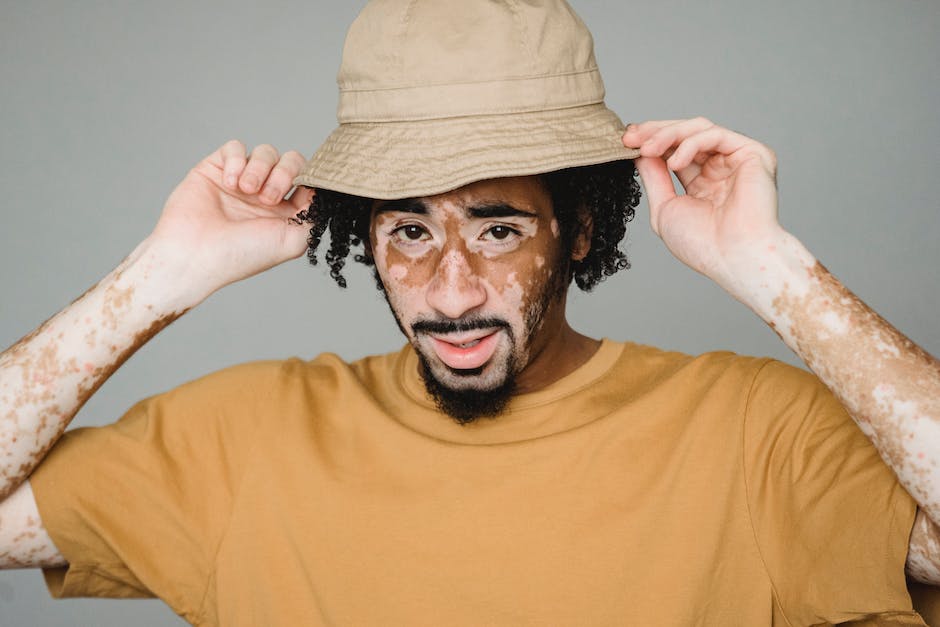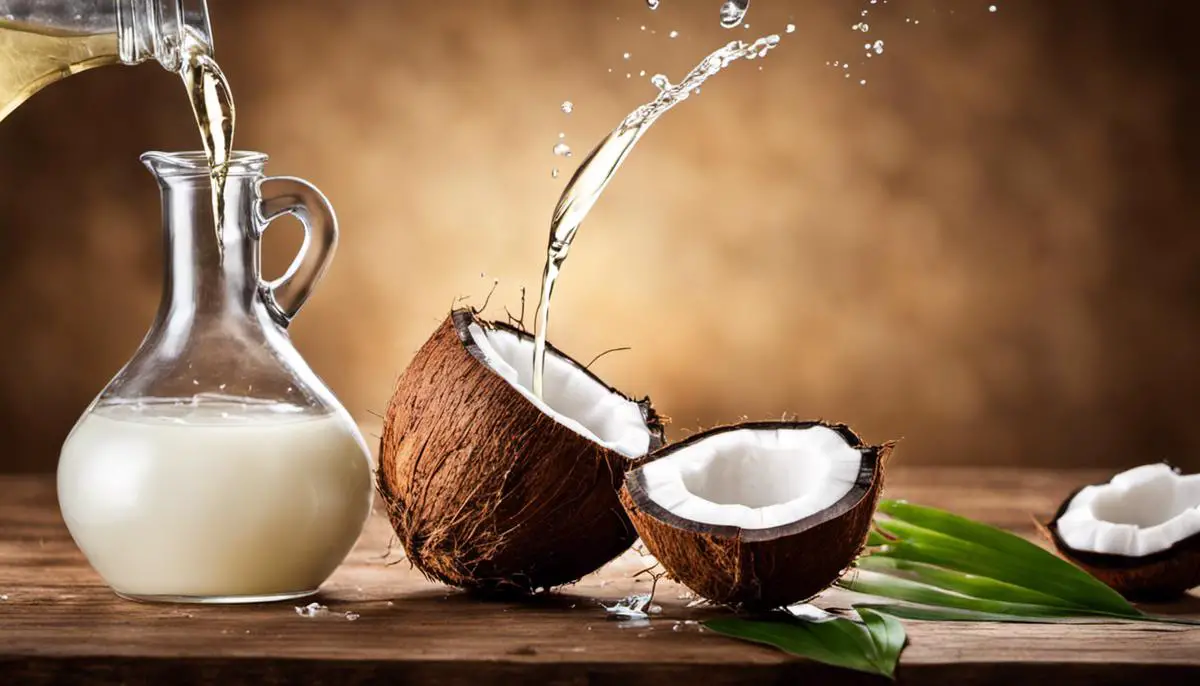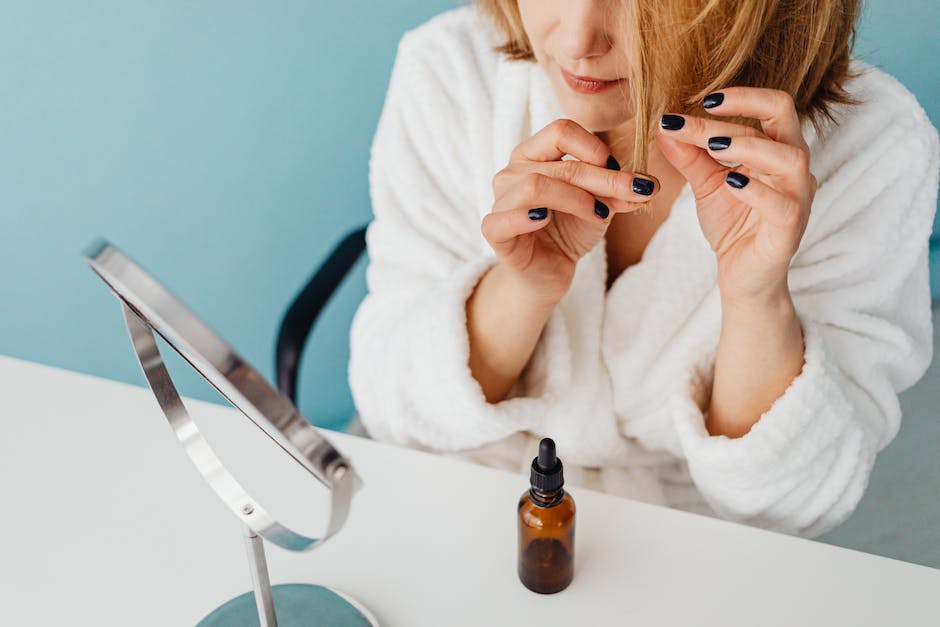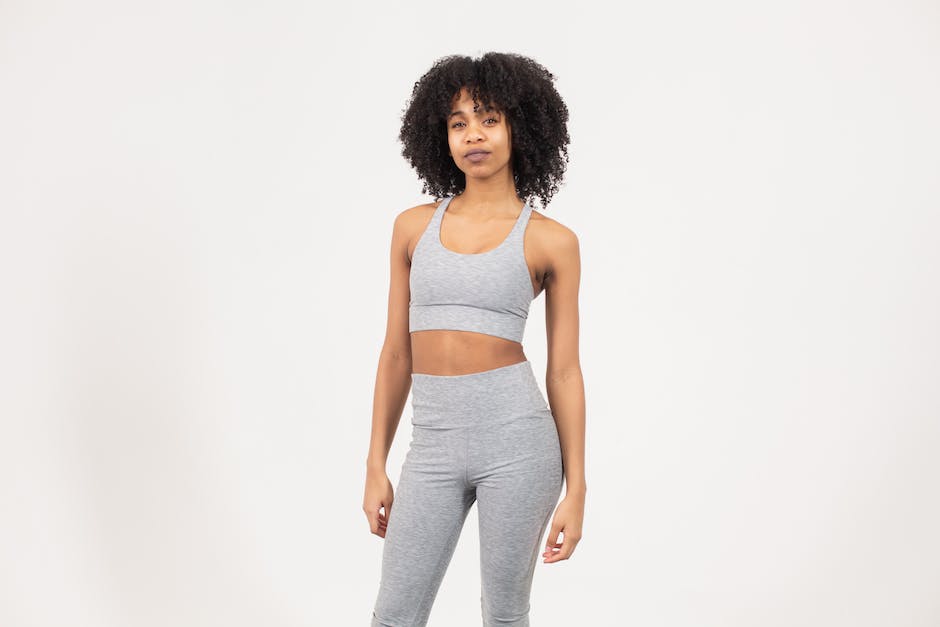Naturally voluminous and defining in its texture, African hair is a majestic marvel that comes with its unique demands in terms of haircare. Vibrant as it looks, this type of hair is proclivity to dryness and breakage due to its coily, zig-zag pattern. To counteract these setbacks, one effective remedy is deep conditioning. Nourishment that penetrates deep within the hair strands, deep conditioning provides the hair with the essential oils and hydration it needs to stay healthy and radiant. A do-it-yourself could be the solution you need for that lustrous, vibrant look. This text will walk you through understanding the unique composition of African hair, the ingredients you can mix right from your kitchen shelf for an efficient deep conditioning treatment, how to apply this mix to maximize its beneficial capacity, and steps you can follow post-conditioning to maintain your hair’s health, shine, and prevent damage.
Understanding African Hair
Understanding African Hair Structure
African hair, often referred to as Afro-textured, is distinct in its coily, zig-zag pattern. It’s not just the pattern that sets it apart, but also the structure. Each bend in the hair, whether zig or zag, represents a potential point of weakness, making the hair prone to breakage. This vulnerability makes it all the more important to treat African hair with an understanding of its unique characteristics.
Why is African Hair Dry?
Another distinguishing feature of African hair is its dryness. Unlike straight hair, African hair’s coily pattern prevents the natural oils produced from your scalp (sebum) from traveling down the hair strand. This lack of natural oil distribution means you have to introduce and preserve moisture actively.
DIY Deep Conditioning for African Hair
Deep conditioning treatments can remedy the dryness associated with African hair and contribute to its overall health. These treatments provide moisture, nourish your hair strands, and strengthen your hair’s structure. Homemade deep conditioning treatments can tailor to specific hair needs and allow you to avoid harmful chemicals present in some commercial products.
One simple DIY deep conditioning recipe includes:
- 1 ripe avocado
- 2 tablespoons of honey
- 2 tablespoons of olive oil
To make this deep condition:
- Mash the ripe avocado in a bowl until it’s free of lumps.
- Stir in the honey and olive oil until they are well combined.
- Apply the mixture to damp hair, ensuring that all strands are covered.
- Cover the hair with a shower cap, allowing the mixture to sit for at least 30 minutes.
- Rinse the hair thoroughly, then proceed to wash and style as usual.
Incorporating deep conditioning into your weekly hair care routine can significantly improve the health and vitality of your hair. This treatment is particularly beneficial for African hair, keeping it moisturized and mitigating the risk of breakage.
Impact of Deep Conditioning
Through deep conditioning, you can strengthen your hair and improve its elasticity and shine. This treatment supports healthier hair growth by infusing moisture and nutrients into the hair and combat breakage. Therefore, understanding your hair and treating it with the care it requires can help you maintain the health of your African hair, enhance its natural beauty, and promote growth.

DIY Deep Conditioning Ingredients
Coconut Oil for Hair
Coconut oil has been widely praised for its multiple benefits for hair health. Rich in lauric acid, a type of fat, coconut oil can penetrate deep into the hair shaft better than other oils due to its low molecular structure. It moisturizes, seals in moisture, stimulates hair growth, combats scalp issues, and minimizes breakage. However, overuse of coconut oil can lead to build up and may weigh down the hair, especially for those with fine hair types. It can also cause a protein buildup for some, leading to dry and brittle hair.
Honey’s Healing Properties
Honey is a natural humectant, which means it attracts and retains moisture. When applied to the hair, it helps retain water and prevents your hair from drying out. It also has antimicrobial properties, which can be beneficial for those with scalp conditions. However, honey is a sticky substance and requires thorough washing to remove it completely from hair.
Shea Butter’s Nutrient Rich Attributes
Shea Butter, extracted from the nuts of the Shea tree, is known for its deeply moisturizing and sealing properties. It is rich in fatty acids and vitamins A and E that nourish the hair, restore moisture, and protect against ultraviolet (UV) radiation. Overuse, however, can lead to buildup that may clog scalp pores and reduce hair volume.
Aloe Vera’s Multiple Benefits
Aloe Vera’s hydrating and calming properties can soothe the scalp and reduce dandruff. It is also known for strengthening hair and promoting healthy hair growth due to its rich vitamin and mineral content. However, some people may experience allergic reactions to raw aloe vera, which might cause skin irritation and redness.
Avocado’s Hair Nourishing Properties
Avocado, rich in oleic acid, is beneficial for its moisturizing properties—it can penetrate deep into the hair shaft and hydrate it thoroughly. It is rich in vitamins A, B, D, E, and proteins, that nourish, restore, and strengthen hair. Despite its benefits, too much avocado application might make your hair greasy and may be hard to wash out due to its fatty nature.
Using Essential Oils on Hair
Essential oils like lavender, rosemary, and peppermint can stimulate hair growth and have soothing effects on the scalp. They also help control dandruff and add a pleasant fragrance to hair. It is essential to dilute these oils with a carrier oil before any application as direct use can cause skin irritation, burning, and potentially toxic effects. Remember, some oils can potentially cause allergic reactions, so it’s important to do a patch test first.

Formulating and Applying the DIY Deep conditioning Mix
Identify the Right Ingredients
For DIY deep conditioning treatment for African hair, it’s crucial to use nourishing ingredients that will penetrate and moisturize your hair’s strands, helping to reduce dryness and breakage. Key ingredients to consider include natural oils, such as coconut oil, olive oil, or argan oil, known for their moisture-sealing properties. Other ingredients could include shea butter and honey for their humectant abilities, and aloe vera gel for its soothing and repairing properties.
Observe Correct Proportions
Maintaining the right proportions will ensure the efficacy of the deep conditioning treatment. Olive oil should be the base ingredient with two tablespoons. To this, add one tablespoon of coconut oil, a fat slice of shea butter (approximately one tablespoon when melted), two tablespoons of honey, and two tablespoons of aloe vera gel.
Prepare the Mixture
To prepare the mixture, melt the shea butter in a heated water bath, and once it’s in liquid form, add it to the bowl of olive oil. Incorporate the honey, aloe vera gel, and coconut oil into the mixture. Stir the ingredients until they are blended into a consistent, creamy substance.
Test the Mixture before Application
A safety measure before the application is to perform a small patch test of the mixture on your skin. This step is to ensure that you don’t have an allergic reaction to any of the ingredients. If any irritation occurs, rinse it off immediately.
Pre-conditioning
Before applying your DIY deep conditioner, shampoo your hair and rinse thoroughly. Divide your hair into small sections to ensure that all parts have been reached. This is particularly important if you have thick or long hair.
Apply the Deep Conditioning Mixture
Slather generous amounts of the deep conditioning mixture onto the hair sections, starting from the roots and working your way down to the tips of your hair. Be cautious not to neglect the ends of your hair, as they are generally the driest part and often undergo the most damage. Once you’ve applied the conditioner to your hair, put on a disposable shower cap.
Let the Deep Conditioner Do Its Work
Allow the deep conditioner to work its magic. Given the natural ingredients, you could leave it on for a longer period such as 45 minutes to an hour. If you can, consider applying mild heat, as it will help open up your hair’s cuticles and enable the conditioner to penetrate deeper into the hair.
Rinse and Style Your Hair
Finally, thoroughly rinse the conditioner out of your hair with cool water. The cool water will help close the cuticles and lock in the moisture. After rinsing, gently pat your hair with a towel to remove excess water, be careful not to rub it dry. Proceed with regular styling, keeping in mind to use low heat if blow-drying.

Maintenance After Deep Conditioning
Understanding the Importance of Deep Conditioning for African Hair
Deep conditioning is a critical step in any African hair care routine, as it helps restore moisture and nutrients in the hair. These treatments can also reduce frizz, breakage and damage, which is essential for maintaining healthy, vibrant hair. Among the critical things to keep in mind are the products to use, frequency of conditioning, and tips to prevent damage.
Choosing the Right Products for Deep Conditioning
Selecting the right deep conditioning products is essential for the success of your hair care routine. Products specifically designed for African hair are the best choice. Such items should contain beneficial ingredients such as shea butter, jojoba oil, and argan oil, all of which are known for their moisturizing properties. Deep conditioners that are free of sulfates and alcohol are also a wise choice as these substances can be drying.
Deep Conditioning Frequency
As for how often you should condition, this depends on your hair’s texture, health, and your personal hair goals. Generally, deep conditioning once a week is advisable. However, if your hair is highly damaged, you may need to do it more frequently, such as twice a week. It’s always best to listen to your hair – if it feels dry, brittle, or starts breakage, it’s time for a deep conditioning treatment.
Tips to Prevent Damage After Deep Conditioning
- Avoid applying heat directly to your hair. High heat can strip your hair of its natural oils, leaving it dry and fragile. If you must use heat, use a heat protecting spray first to minimize potential damage.
- Use a microfiber towel or even a cotton T-shirt to dry your hair – traditional towels can lead to frizz and breakage.
- Always detangle your hair gently, starting from the ends and working up to the roots, to minimize breakage and shedding.
- Maintain a healthy diet rich in vitamins, minerals, and proteins, which are essential for healthy hair growth.
Remember, deep conditioning is not a one-time solution; it requires consistent effort and time commitment to ensure the best results. With the right products and maintenance, you can enhance the health, strength, and vitality of your African hair.

Becoming skilled at DIY deep conditioning enriches the quality of your hair care journey by providing a customized, natural, and cost-effective solution. As we’ve covered, knowing the special character of African hair, the valuable effects of several natural ingredients, applying the conditioner correctly for the best benefits, and continually ensuring the health of your hair even after the treatment is essential to succeed in this journey. As you take these lessons to heart, you’ll be empowered to unlock the latent vitality and dependability in your hair, leading to a natural glow that stands out even more. Go ahead and explore the universe of DIY deep conditioning for your hair, and let its magic transform your crowning glory.

Leave a Reply